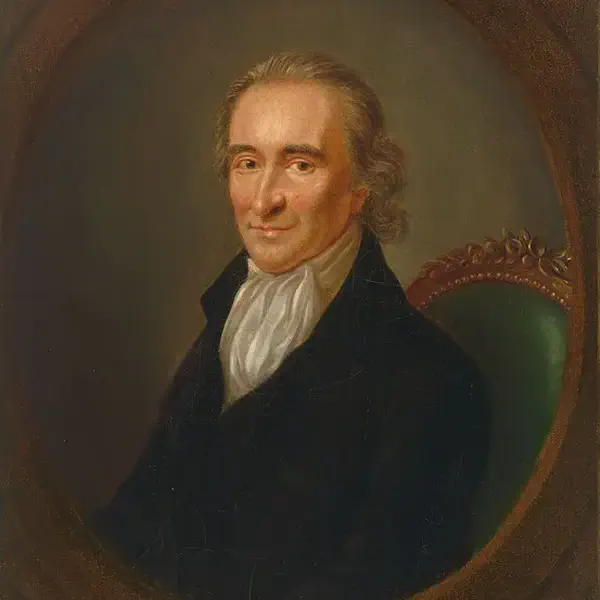
Thomas Paines the Rights of Man, Is Published
March 13, 1791
Thomas Paine’s “The Rights of Man” was first published in two parts, with Part I coming out in 1791 and Part II in 1792. This work was a response to Edmund Burke’s conservative critique of the French Revolution in his work “Reflections on the Revolution in France” (1790), which defended constitutional monarchy, aristocracy, and the Church of England. Paine’s “The Rights of Man” defended the principles of the French Revolution and argued for the rights of individuals against government oppression, advocating for democratic government, individual rights, and social welfare measures.
“The Rights of Man” is significant for its advocacy of liberty and equality, which influenced not only the political debates of the time but also the development of democratic and liberal thought across the world. Paine argued that government’s purpose is to protect the natural rights of its citizens and that any government that fails to do so loses its legitimacy. He also discussed the idea of social contracts as the basis for government and championed the cause of universal suffrage, education for all, and welfare provisions for the poor and elderly.
The publication of “The Rights of Man” caused a sensation and provoked a fierce response from the British government, which saw Paine’s ideas as a threat to the social order. Paine was charged with seditious libel in Britain, leading him to flee to France, where he was later elected to the National Convention despite not speaking French.
“The Rights of Man” remains a foundational text in the history of political thought, its influence evident in the development of liberal democracy and human rights discourse. Its publication marked a significant moment in the intellectual history of the modern world, embodying the Enlightenment principles of reason, progress, and the inherent rights of all human beings.